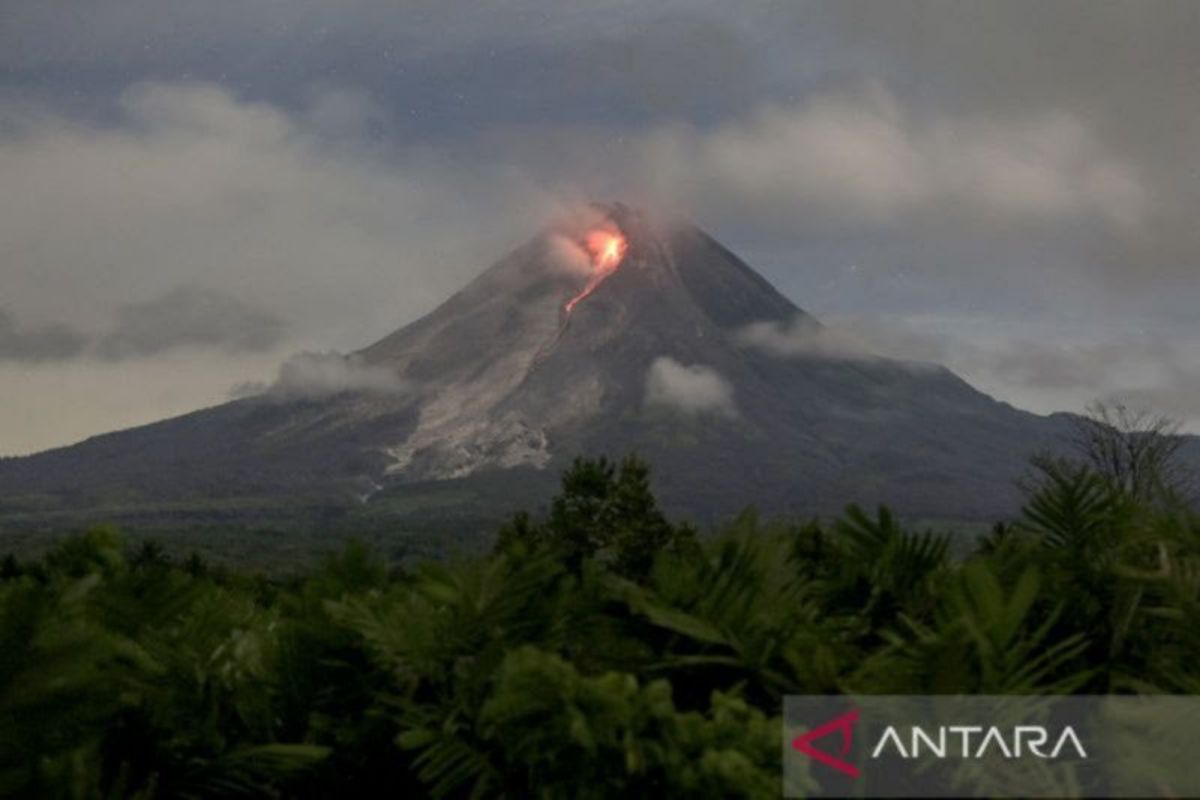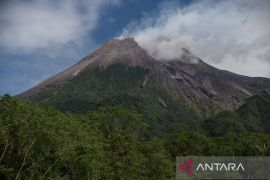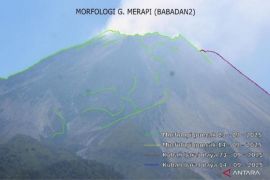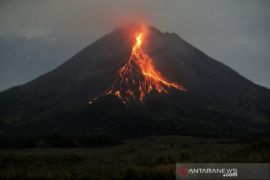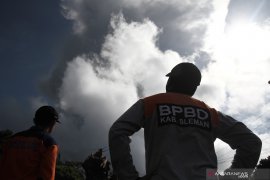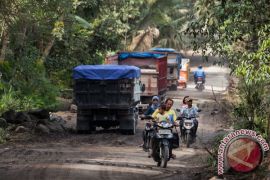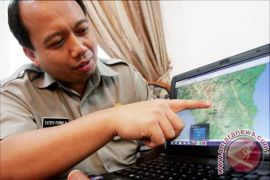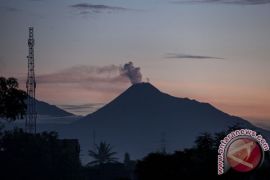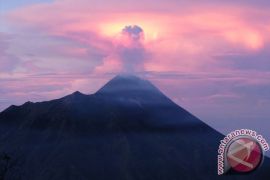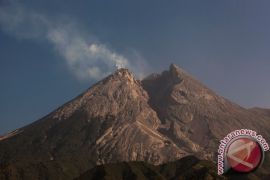BPPTKG Head Agus Budi Santoso said here Friday that the risk of eruption is not limited to the southeast direction, but also extends toward the southwest.
"On the southeast, there is Gendol River. On the other hand, the southwest has many rivers, such as Krasak River, Boyong River, and Kuning River," he informed in a statement received here.
The presence of two active lava domes on Mount Merapi within a single eruption period is a first-of-its-kind phenomenon in history, he said.
The lava domes are situated in the southwest and the middle of the volcano's crater. Ever since they first appeared in January 2021, they have continued to grow in size.
Based on visual and thermal monitoring conducted as of March 18, 2023, the southwest dome is still active, with a temperature of 230 degrees Celsius, he informed.
The dome on the south of the crater, which faces Boyong river, is also still active.
The temperature of the lava dome in the middle of the crater is not much different from its nearby rocks; however, there's a spot on its east where the temperature has reached 114 degrees Celsius, he disclosed.
"With the lava dome being in the southwest, the area in the southwest is also at risk of being hit by the eruption as well," he said.
Santoso informed that currently, BPPTKG cannot be sure whether or not the lava domes would exacerbate an eruption's intensity.
If the eruption is of an effusive type, then the volcanic activity will fall into the “often” category, with an occurrence of every four years on average, he said.
Such a condition can be monitored with the volcanic system placed on Mount Merapi, he added.
The agency is consistently monitoring the lava domes, volcanic activity, and morphology to ensure that the impact of an eruption on people living near the volcano, particularly in the southwest and southeast, can be minimized.
Santoso said that the BPPTKG is equipped with the proper technology that can record the real-time dynamics of the volcano.
He also warned people to remain cautious and prepare for the eventuality of a dome falling apart.
"People who live in a risky area, those being in the southeast and southwest, (need) to be prepared because the occurrence of hot cloud avalanches is hard to predict," he said.
To minimize losses, the accuracy and speed of danger assessment must be improved, and the people should also be ensured to be able to respond to early warning effectively and efficiently, he added.
Related news: Central Java collecting data on farmland affected by Merapi eruption
Related news: Mount Merapi emits incandescent lava avalanches 11 times: Official
Translator: Sugiharto Purnama, Mecca Yumna
Editor: Rahmad Nasution
Copyright © ANTARA 2023
